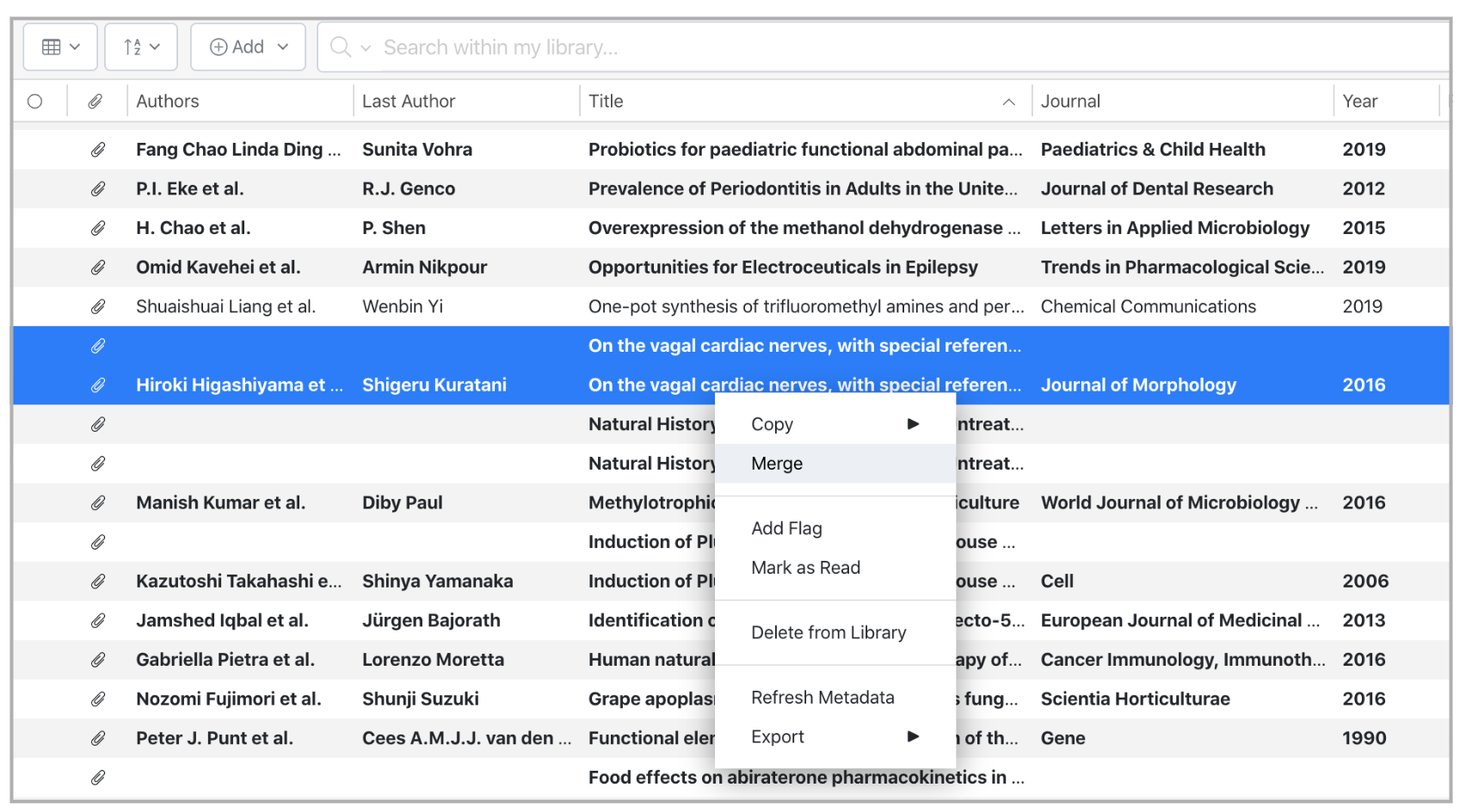

a citation), and the hyperlink would take them there. For instance, a reader could simply click an item of interest within an article (e.g. HTML provided several benefits over the PDF, largely built on the magic of hyperlinks.
#READCUBE PAPERS MERGER PDF#
With increasingly sophisticated websites and online platforms, publishers broke out of the PDF mould and began making content available in web-native HTML format. However, with the Internet at publishers’ disposal, the PDF was not the ONLY way to disseminate content. Naturally then, the PDF article was a resounding success (to the eventual chagrin of publishing innovators). It provided a familiar consumption experience, combined with digital content's unique ability to be accessed anywhere, near instantaneously. For readers, the PDF was a perfect transition between the old and the new. As journal publishing went digital, the PDF was a natural choice for a format of record, providing the print journal experience in a digital wrapper.

To understand this mismatch, we must look to the venerable PDF.

So why has the evolution of research content's delivery vehicles lagged behind the evolution of the research story itself? Why with the recent history of content innovation does there continue to be a mismatch between the usage patterns of researchers and the products, platforms, and features offered to them? Although the delivery methods have gone from pulp to digital, research stories are still encapsulated in articles, which are still peer reviewed and bundled in journals, which are still predominantly accessed through universities and other institutions. According to the most recent STM Report, a mosaic of more than 10,000 publishers has collectively published more than 30,000 journals, representing millions of individual articles published to date (Ware & Mabe, 2015).ĭespite enormous technological and societal advancement over the last three centuries, the basic mechanisms of scholarly publishing would be oddly familiar to our 17th century counterparts. Driven by this evolution, the history of scholarly publishing is one of perennial growth. Since the publication of the first journal in 1665, scientific publishing has evolved continuously and rapidly.


 0 kommentar(er)
0 kommentar(er)
